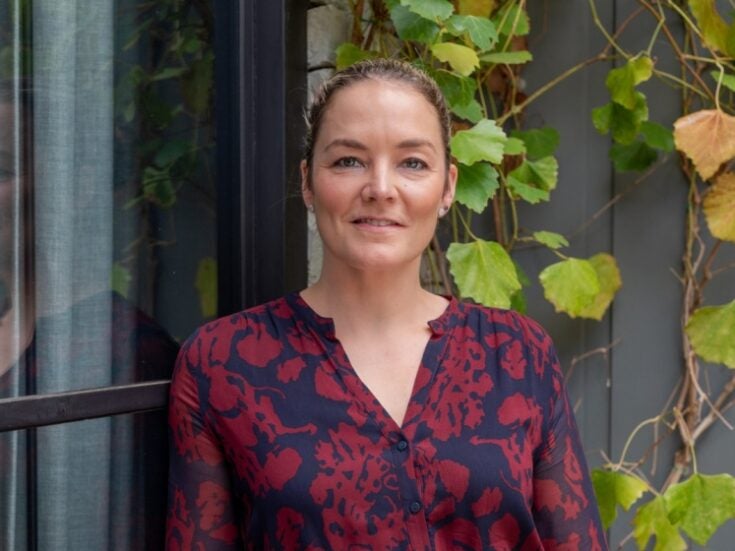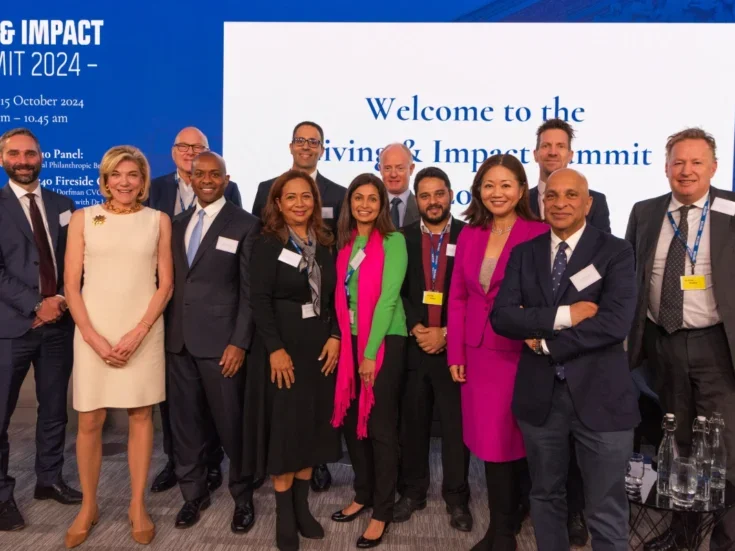

Johan Eliasch, chairman and CEO of sporting-goods group Head, founded Cool Earth to work with local communities to protect forests around the world. He was the UK government’s special representative for deforestation and clean energy from 2007-10
There aren’t many areas of human endeavour where no progress has been made in the past 40 years. I’m told that Ali and Foreman would floor today’s heavyweight champions and that there is little to report from the world of Contemporary art (please don’t write in to set me right). But on balance, we’re getting better at most things.
One area with only patchy signs of advancement is how we treat the environment. Perhaps the greatest shortcoming is not achieving that well-worn slogan of the 1970s green movement: ‘Save the Rainforest.’
The scale of this shortcoming isn’t just in the appalling loss of forest (half has been destroyed since the first Earth Day in 1970). It is also in the fact that the value of tropical forest is so well understood that it has become a truism. Whether it be as a vault of biodiversity, a fresh water generator, an oxygen manufacturer or a global thermostat, the role of rainforest is the cornerstone of third grade syllabi and nature documentaries. If there was ever a motherhood and apple pie cause, it is saving the rainforest.
Photos: Billionaires are conserving millions of acres of wilderness

The recent response of policymakers to this continued problem has been to place value on living rainforest. This has generally been done by imposing penalties on their destruction and through the creation of reserves and forest codes that limit extraction. Yet still they shrink. (Pictured above: A howler monkey in Peru)
This state of affairs has encouraged a rethink, with even the effectiveness of reserves coming into question. My opinion is that reserves and federal laws are not capable of saving the forest. I’ve sought to prove that there are better alternatives.
Logging off
My first effort was a unilateral one when I bought a logging concession in Brazil and closed it down. The reasoning was simple: it was about to clear one of the most beautiful tracts of forest in the Amazon and there would be no appreciable benefit for local people. So instead of watching migrant workers clear thousands of acres of trees, local communities got full access again to the forest to use as their food store and medicine chest. All that was asked in return was that they keep it standing. On a small scale, it could quickly be seen that people who depend on the forest are its best custodians.

Pictured above: Peruvian rainforest saved by Johan Eliasch
With the help of Frank Field, the smart and unconventional British politician, in 2007 I launched the NGO Cool Earth. The UK-US charity refined the model by working with indigenous communities in Peru, Ecuador, the DR Congo and Papua New Guinea to put local people back in control of the forest.
By offering an alternative to offers of quick cash from loggers, Cool Earth makes sure communities with most to lose from deforestation actually gain the most from its protection. In six years, Cool Earth has built schools, clinics, fish farms and co-operatives that boost life chances and livelihoods.
From an initial target of saving 4,500 acres of rainforest, Cool Earth and its community partners now protect over 330,000 acres. Even more important, we ask every community to ask their neighbours to work with them. As a result, the acres we protect form long shields that keep a remarkable 3.4 million acres inaccessible to loggers.
For an issue as intractable as tropical deforestation, there are no quick answers. Helping communities on the ground protect the forest upon which they depend is a good place to start.
Photos: Billionaires are conserving millions of acres of wilderness
Read more from Ben Goldsmith’s guest-edited issue of Spear’s here
Don’t miss out on the best of Spear’s articles – sign up to the Spear’s weekly newsletter







